
The Festive Year
Breitkopf & Härtel is today the oldest music publisher in the world. With great pride and much gratitude, it can look back on a corporate history unique in music life, starting from a small Leipzig printing shop in 1719. Courage and vision in entrepreneurial decisions, successful selection of artistic partners, and editions of consistently high quality have subsequently brought the publishing house to its current position at the forefront of the music world.
2019 was the 300th anniversary of the publishing house founding. We would like to thank everyone who celebrated this special anniversary with us.
Our History
1719 – 1740
1719 Bernhard Christoph Breitkopf’s marriage to Maria Sophia Müller (predecessor of the Müller print shop going back to 1542)
1723/25 First publishing-house work: Bernhard Christoph Breitkopf’s publication of a Hebrew Bible
1726 Beginning of a friendship and collaboration with Johann Christoph Gottsched
1736/38 Move into the newly built house “Zum goldenen Bären [At the Golden Bear];” fellow occupant, inter alia, J. C. Gottsched
1736/40 Publications of Schemelli’s “Musicalische Gesang-Buch” and Sperontes’ “Singender Muse an der Pleisse”
1745 – 1759
1745 Johann Gottlob Immanuel Breitkopf’s entry into the printing firm, later into the book publishing house (publishing house specializing in belles lettres and scientific literature); development of the Breitkopf Gothic type [Fraktur]
1754 J. G. I. Breitkopf revolutionizes music printing: music-type printing with movable letters; first printed material: “Il trionfo della fedelt. Dramma per musica” by Electress Maria Antonia Walpurgis of Saxony
1756ff. Printing of works by the Bach sons, by Haydn, Stamitz, Telemann, and Johann Adam Hiller (first Gewandhaus Kapellmeister and adviser to Breitkopf)
1758 Printing of the first opera piano-vocal score: “Il mondo alla roversa” by Baldassare Galuppi
1759 First edition of the “Wöchentliche Musikalische Zeitvertreibs” by J. A. Hiller (start of numerous other publications of his writings, instructive works, symphonies and Singspiele [musical comedies]
1765 – 1795
1765 New building of the house “Zum Silbern Bären [At the Silver Bear]” across from the “Golden Bear”
1770 Printing of Goethe’s first poems (anonymous), set to music by Bernhard Theodor Breitkopf
1777ff. J. G. I. Breitkopf’s publication of theoretical writings; print shop and typeface foundry; produced are the largest Leipzig’s
1784-87 print of the “Vierstimmigen Choralgesänge [Four-part Chorales]” by Johann Sebastian Bach
1794/95 Christoph Gottlob Breitkopf’s takeover of the publishing management, then his partnership agreement with Gottfried Christoph Härtel
1798 – 1810
1798 Beginning of Mozart’s “Oeuvres completes;” followed by the complete works of Haydn (1799), Clementi, (1803) and Dussek (1814)
1798 First volume of the annual “Allgemeine musikalische Zeitung” (50 volumes up to 1848; shaped the Viennese music classics canon)
1806 Beginning of the firm’s own pianoforte production (up to 1872; one of Leipzig’s first piano builders)
1810 Publishing contract with Ludwig van Beethoven; 23 works were published in first editions from 1802 to 1812 (total collaborative period)
1819 – 1853
1819 Firm’s 100th anniversary
1828 Publication of the first composer monograph: Georg Nikolaus von Nissen on W. A. Mozart
1832/35 Entry into the publishing house of the brothers Raymund and Hermann Härtel
1833 First works of a new generation of composers: Mendelssohn, Chopin, Schumann, Liszt; 1839 premiere of Franz Schubert’s Symphony in C major at the Gewandhaus
1850/51 Founding of the Bach Society and start of the first comprehensive scholarly Bach edition
1851/53 Richard Wagner and Johannes Brahms as intermittent publishing-house composers
1856 – 1880
1856/62 Publication of the (new) Mozart biography and the Köchel thematic catalogue (KV) 1858ff. Continuation of the major complete editions: Handel, Palestrina, Beethoven, Schubert, Schütz, Mendelssohn, Mozart, Schumann, Berlioz, and others
1867 Move into the new building on Nuremberger Straße
1877 Launch of the “Volksausgabe Breitkopf & Härtel;” after a few years, this included all important concert and orchestral works since the 18th century
1880 Entry of Oskar von Hase and Wilhelm Volkmann (Raymund and Hermann Härtel’s nephews) into the executive management
1883 – 1896
1883/90/91 Establishment of branches of the music publishing house abroad: Brussels, London, New York
1884 Introduction of new musicological periodicals and Denkmäler [music monuments] editions
1885ff. Establishment of the “Breitkopf Libraries:” Choral Library, Orchestral Library, Score Library, Chamber Music Library, etc.
1888/1905 Ferruccio Busoni and Jean Sibelius as new publishing-house composers
1896 Ludwig Volkmann succeeds his late father
1899 – 1914
1899/1900 Conclusion of the Bach complete edition, founding of the Neue Bach-Gesellschaft
1903 Publication of the complete catalogue of the “Musikalien-Verlag von Breitkopf & Härtel in Leipzig,” the so-called “Breitkopf Bible” (includes, on 1200+ pages, all available music editions)
1905/08 Publication in French and German of “J. S. Bachs musikalischer Poetik” by the young Albert Schweitzer
1913 Commissioning of the new building for the technical departments connected to one of the largest international publishing houses, employing worldwide nearly 1000 people
1914 Start of the “Edition Breitkopf”
1919 – 1937
1919 Firm’s 200th anniversary
1919 Management change: Hellmuth von Hase succeeds Ludwig Volkmann
1927/28 Brahms complete edition: Breitkopf & Härtel becomes the “Brahms publishing house”
1933 New composers: Othmar Schoeck, Sigfrid Karg-Elert, Johann Nepomuk David, and others
1937 Publication of the Köchel thematic catalogue revised by Alfred Einstein; printing of the first “Jahrbücher der deutschen Wehrmacht” (up to 1941/42)
1943 – 1954
1943 Publication of the first of two “Jahrbüchern der deutschen Musik”
1943 Immobilization notification to close down the company as a whole; extensive destruction of publishing-house buildings in the Royal Airforce [RAF] airstrike
1945/46 Relocation of the von Hase family and a few staff members to Wiesbaden; issuing of publishing-house licences in Leipzig and Wiesbaden
1950 Publication of the Bach-Werke thematic catalogue (BWV) by Wolfgang Schmieder
1951/52 Sale of archival material to the province of Hesse and expropriation process in Leipzig
1954/58 Founding of the VEB Deutscher Verlag für Musik in Leipzig; merger of the publishers Breitkopf & Härtel, DVfM, and Friedrich Hofmeister into a publishing group in Leipzig’s Hofmeister-Haus
1954 Reger complete edition in Wiesbaden
1962 – 1980
1962 Lieselotte Sievers (née von Hase) becomes a partner alongside Joachim Volkmann
1967 Breitkopf & Härtel Wiesbaden moves into the listed heritage villa in Walkmühlstraße (the publisher’s seat up to today)
1969 250th anniversary of the publishing house with separate celebrations in Wiesbaden and Leipzig
1970ff. Expansion of the program areas in Leipzig and rapprochement of the two houses
1976 Entry of Gottfried Möckel into the publishing house
1980 Acquisition of the contemporary publishing program of the Cologne-based Gerig-Verlag (Helmut Lachenmann and others)
1984 – 2019
1984 Establishment of the branch in Paris
1990 100 Years of Breitkopf & Härtel’s Orchestral Library
1991 Reassignment of the Leipzig headquarters; renovation of the remaining buildings
1997ff. New complete editions and catalogues of works: Felix Mendelssohn Bartholdy (1997 and 2009), Jean Sibelius (1998 and 2003), Hanns Eisler (complete edition, 2002)
2017 Nick Pfefferkorn becomes managing partner
2019 300th anniversary of the firm; edition of the all the Gustav Mahler symphonies
Our Chronicle
Breitkopf & Härtel
300 Years of European Musico-Cultural History
Edited and commented by Thomas Frenzel
- 504 pages in full color printing
- Chronicle of the firm’s important events
- Essays on selected topics
- Historical visual and textual documents, anecdotes and all sorts of curiosities
- High-quality linen covers with dust jacket
- About 620 illustrations
BV 485 | 98,– €
More information























































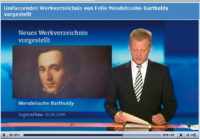


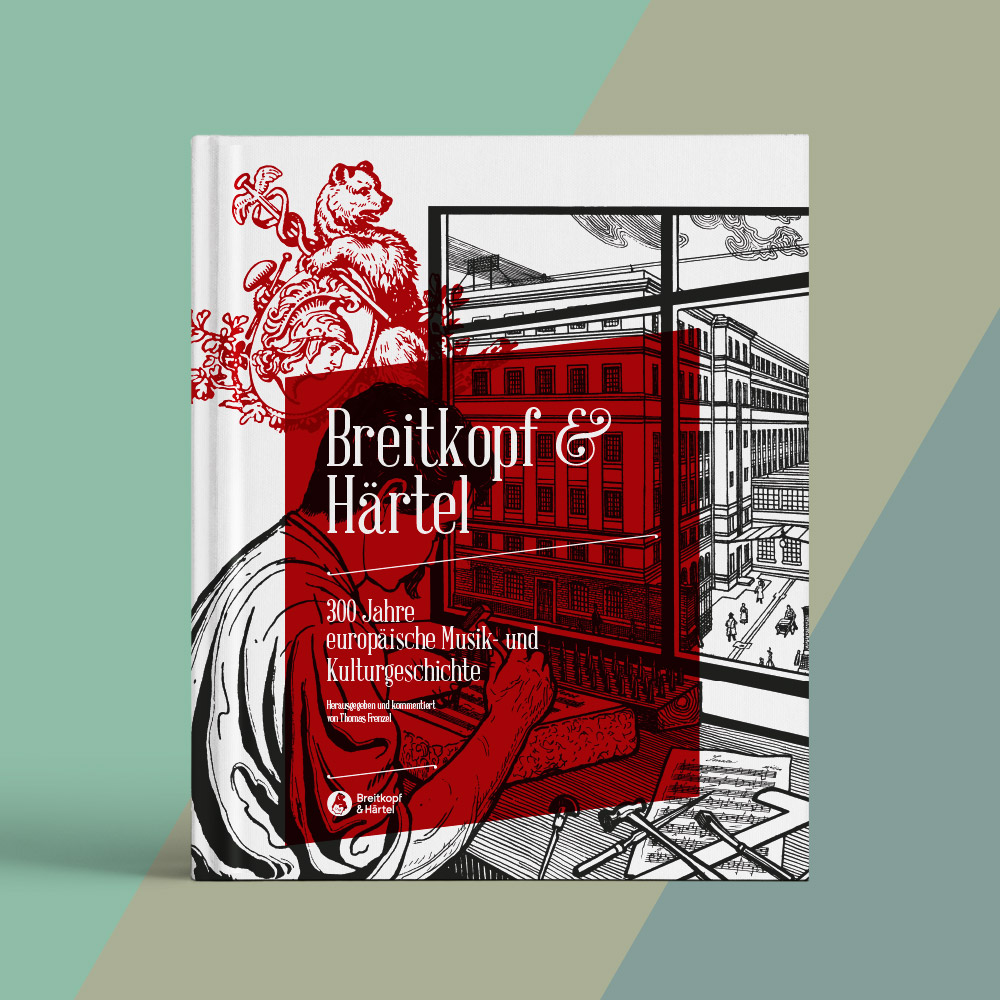

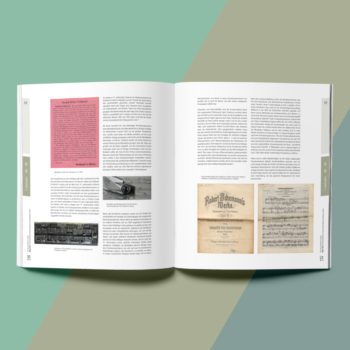

 load more
load more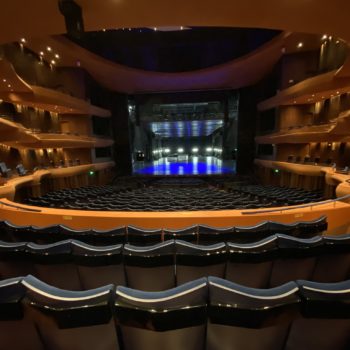











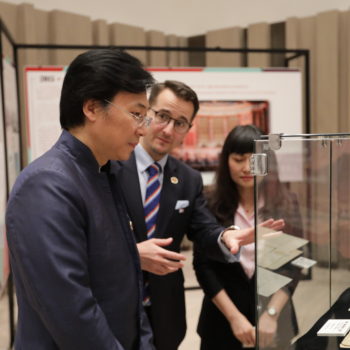




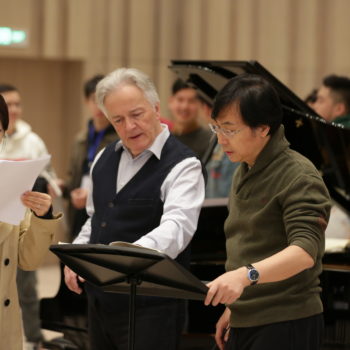

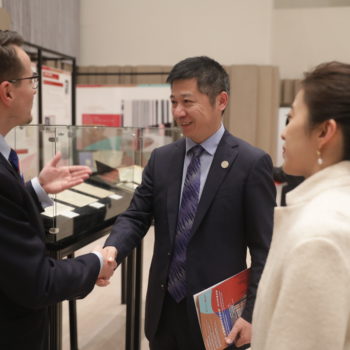
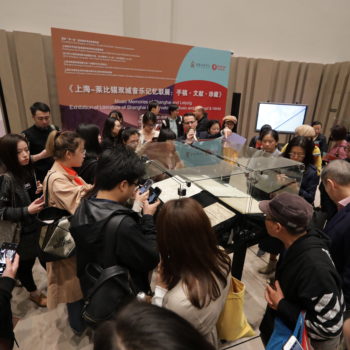




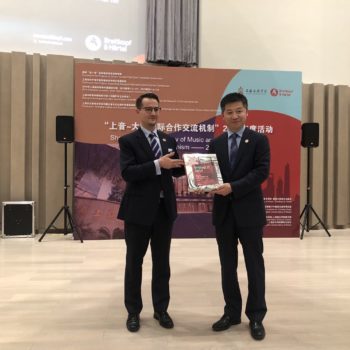
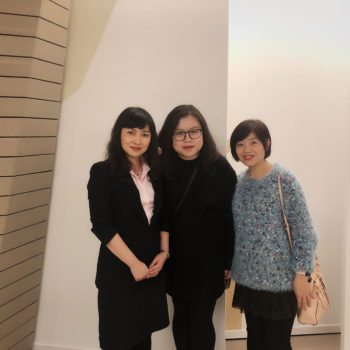












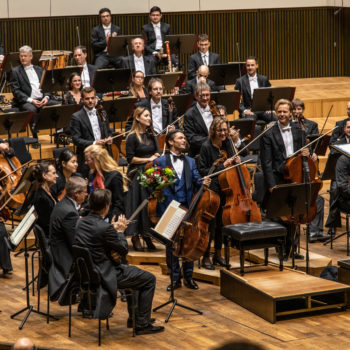
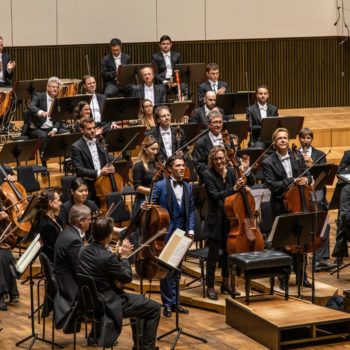








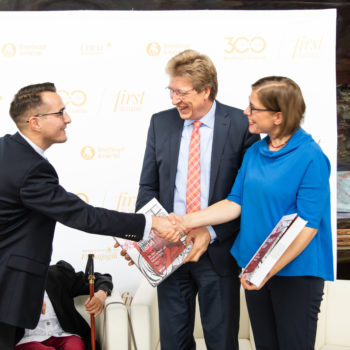
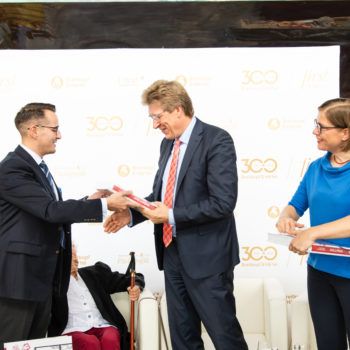

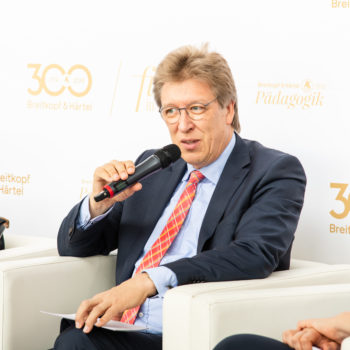











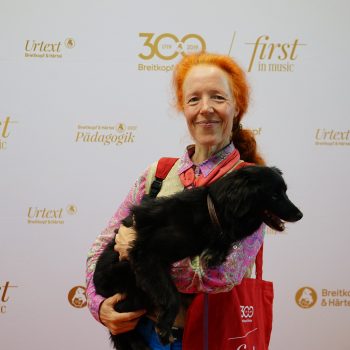
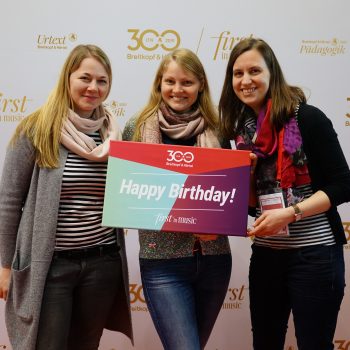

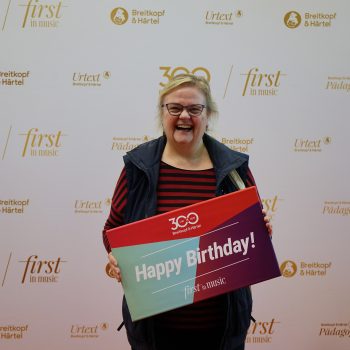


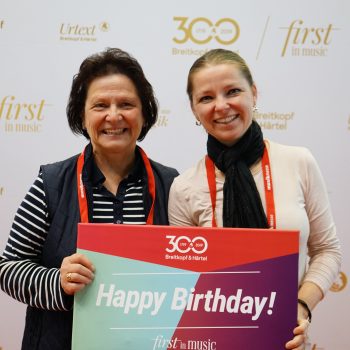







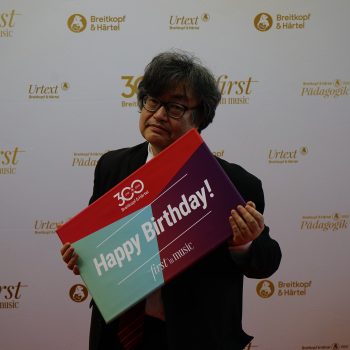




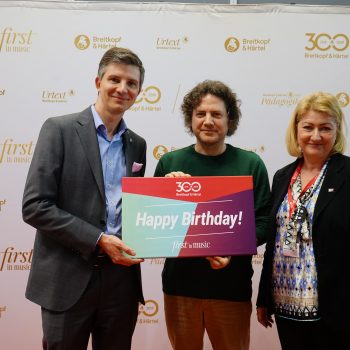
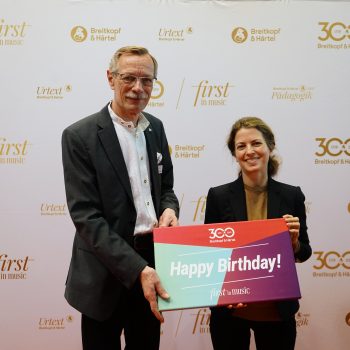































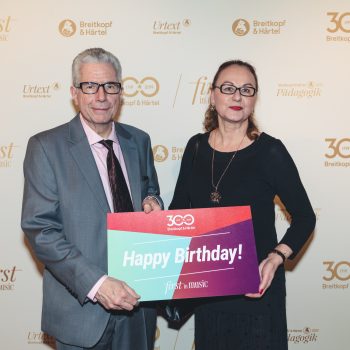

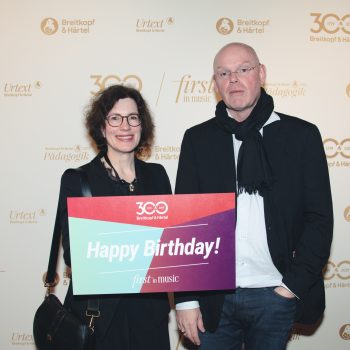







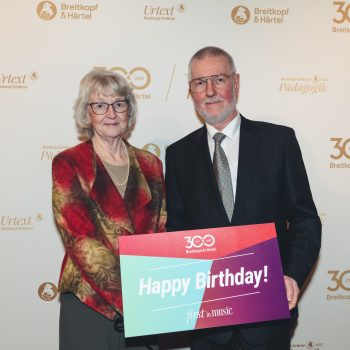







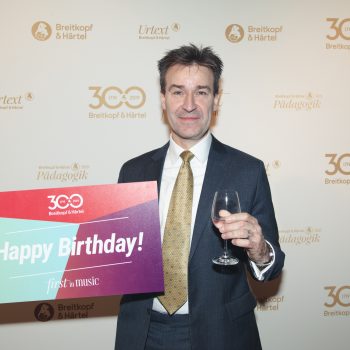




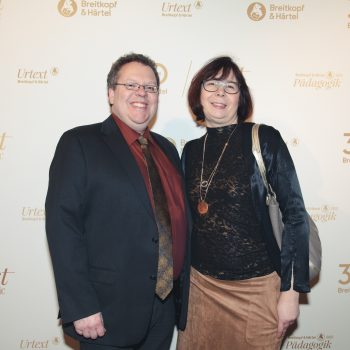











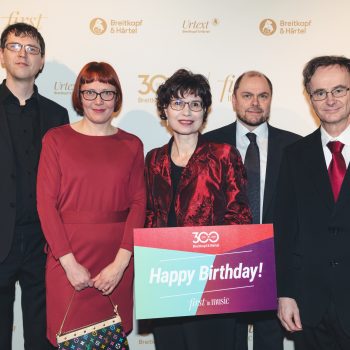














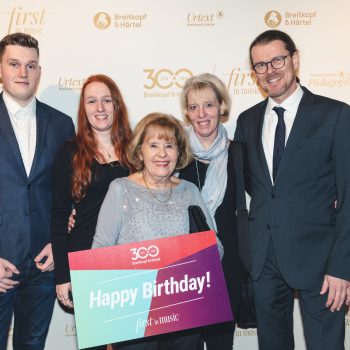




















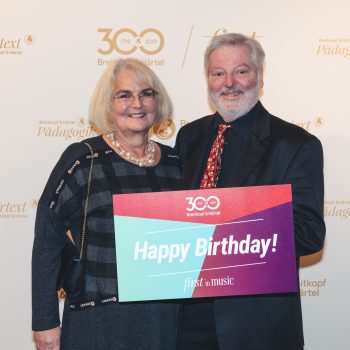








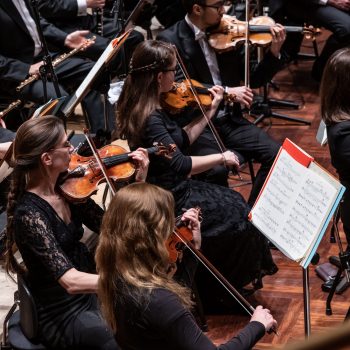


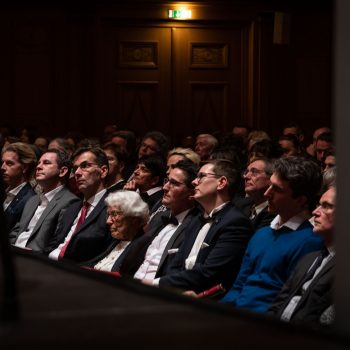
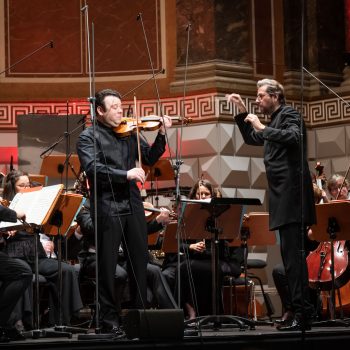






 load more
load more